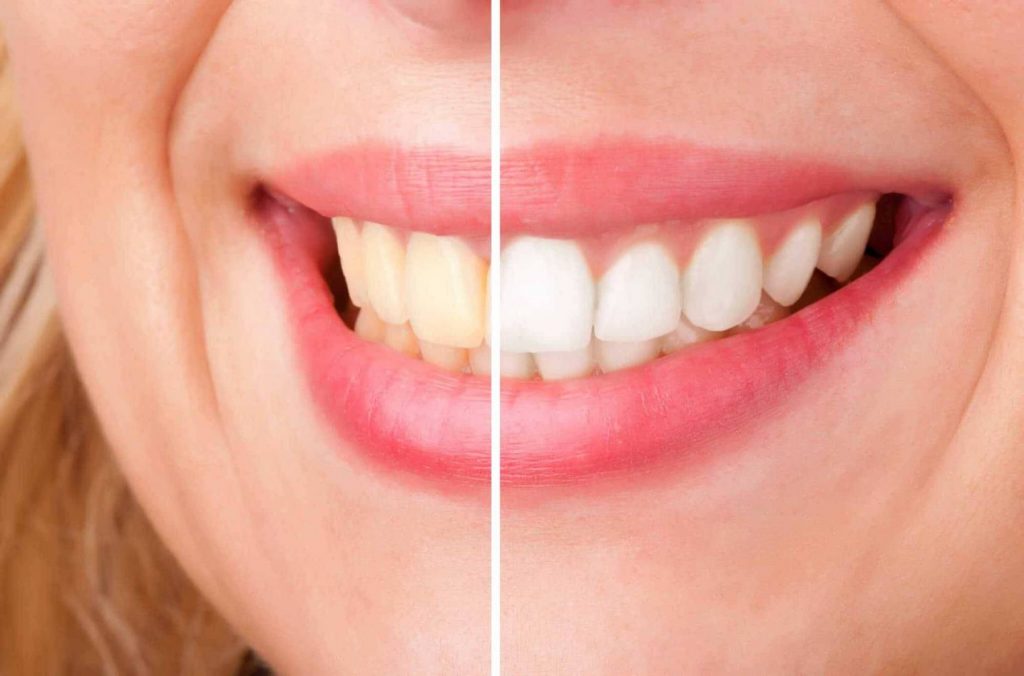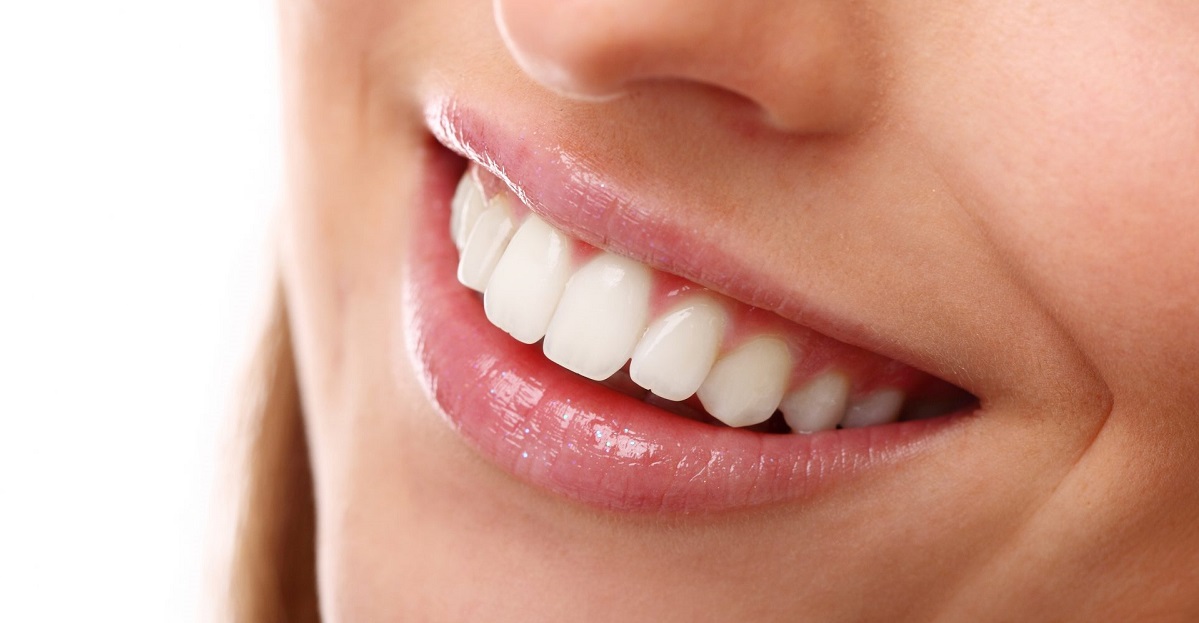Teeth Whitening at Home: A Brighter Smile on Your Own Time
Life throws many things at our smiles – coffee, tea, red wine, even medications – all leaving behind unwanted stains and a dullness that can steal our confidence. While professional whitening treatments offer a powerful solution, at-home methods provide a convenient and often more budget-friendly approach.
But with so many options available, finding the best at-home whitening option can feel overwhelming. Here’s a breakdown of the most popular choices to help you find your perfect fit.
In this guide, we’ll explore teeth whitening, including at-home products and natural methods. We’ll go over the different types of whitening products, how effective they are, and any potential risks. We’ll also look at natural remedies that have been used for a long time to get a whiter smile.
Sparkling Smile Secrets: Brushing, Flossing, and Keeping Things Clean
Before we explore different whitening products, it’s important to understand the basics of keeping your smile white and beautiful. It’s a secret weapon you already have: good brushing and flossing habits! Taking care of your mouth goes a long way in keeping your teeth white and healthy.
Brushing is your best buddy: Brushing twice a day with a special toothpaste with fluoride is like giving your teeth a power wash. It removes stains from food and drinks, and the fluoride makes your teeth strong so they fight off future stains too! Use a soft brush and move it gently in circles to clean all sides of your teeth. Whitening toothpaste can be a nice bonus, but remember, regular brushing with fluoride is key.
Flossing saves your smile: Food bits and plaque love to hide between your teeth. Plaque causes gum problems and also leaves stains on your teeth. Regular flossing helps prevent such problems and keeps your smile healthy and beautiful.
Cleanliness is key: Brushing and flossing are great, but there’s more to keeping your mouth happy. Rinsing with water after meals washes away leftover food bits. Visiting your dentist regularly helps get rid of tougher stains and keeps an eye on your smile’s health. Plus, limiting sugary drinks and acidic foods can help keep your teeth strong and white.
Exploring Types of At-Home Whitening Products
Now that we’ve covered the basics of oral hygiene, let’s explore the various at-home whitening products available.
Whitening Strips: These thin, flexible strips are coated with a whitening agent (often peroxide) that sticks to your teeth. Easy to use and apply, they’re a good option for mild to moderate staining. Simply wear them for the recommended time each day for a set period, and gradually watch your smile brighten.
Whitening Gels and Trays: This method involves applying a whitening gel to a custom-made or moldable tray that fits tightly over your teeth. Trays offer more concentrated whitening power than strips, making them a good choice for moderate to severe staining. However, some people find wearing the trays for extended periods uncomfortable.
Whitening Toothpastes: These toothpastes contain mild abrasives and sometimes chemicals that gently remove surface stains. While they won’t dramatically whiten your teeth, they can help maintain a brighter smile by removing everyday buildup. Consider them a good addition to your whitening routine, but not a standalone solution for deep stains.
Whitening Rinses: These convenient mouthwashes typically contain peroxide and are used daily for several weeks. While they can offer some whitening benefits, they may not be as effective as other methods because they have less contact time with your teeth.
Hydrogen Peroxide with Caution: A weak (3%) hydrogen peroxide solution mixed with water can be used as a mouthwash. However, use it very carefully and dilute it properly – concentrated peroxide can damage enamel. Consult your dentist before using this method.
Remember when choosing an at-home whitening product, consider your budget, the severity of your staining, and your sensitivity level. It’s also important to look for products with the Canadian Dental Association (CDA) seal of approval to ensure they’re safe and effective.
Beyond the Chemicals: Natural Approaches to a Brighter Smile
While whitening strips and treatments can be effective, sometimes you want a more natural approach. Luckily, nature offers some gentle options to brighten your smile! Here are a few to explore:
Baking Soda Power: This common household item acts as a mild abrasive, helping scrub away surface stains. Mix a teaspoon with a little water to form a paste and brush for a few minutes. However, don’t overdo it, as baking soda can be too harsh for daily use.
Fruits: Fruits like strawberries and pineapples contain enzymes that may help break down stains. Mash a bit of the fruit and apply it to your teeth for a few minutes before brushing. Be careful though, these fruits are acidic and can damage enamel if used too often.
Coconut Oil Pulling: This ancient technique involves swishing a tablespoon of coconut oil in your mouth for 15-20 minutes. While some believe it removes bacteria and whitens teeth, research is limited. It might benefit overall oral health, but its whitening effect is unclear.
Fiber-Rich Diet: Eating fruits and vegetables high in fiber, like apples, carrots, and celery, increases saliva production. Saliva naturally cleanses the mouth and helps prevent staining.
Remember natural methods are best for maintaining a white smile, not for dramatic whitening. Discuss these methods with your dentist to ensure they’re safe for your teeth and gums.
A consistent oral hygiene routine combined with these natural approaches can keep your smile bright and healthy!
Don’t Dim Your Smile: Dangerous Home Teeth Whitening Practices to Avoid
Natural remedies can be gentle and effective, but it’s important to be cautious of certain home teeth whitening practices that can do more harm than good. Here are some practices dentists strongly advise against:
Abrasive Pastes: Mixing harsh abrasives like baking soda with lemon juice or vinegar creates a powerful concoction that might seem effective at removing stains, but it can also wear down tooth enamel, increasing sensitivity and risk of cavities.
Over-the-Top Brushing: While brushing is essential, excessive brushing with a hard-bristled brush can wear away enamel, exposing the dentin layer beneath which is naturally yellow.
Charcoal or Activated Charcoal: The popularity of charcoal for various purposes has extended to teeth whitening. However, charcoal is highly abrasive and can damage enamel and irritate gums.
Commercial “Magic” Products: Be wary of products promising dramatic whitening results overnight. These often contain harsh chemicals that can damage teeth or irritate gums. Additionally, some products might not be regulated, raising safety concerns.
Citric Acid Overload: Lemon juice, oranges, or other acidic fruits are sometimes touted for whitening. While the acid might break down surface stains, it can also erode enamel and cause tooth sensitivity.
The Final Word
A healthy mouth is the foundation for a bright and beautiful smile. Brush, floss, and visit your dentist regularly, and if you’re considering at-home teeth whitening options don’t forget to ask for professional advice.
For personalized recommendations and to discuss the safest and most effective whitening options for your unique smile, contact our friendly team at Dentist @ False Creek today! We can help you achieve a whiter, healthier smile that shines with confidence. In addition to teeth whitening, Dentist @ False Creek offers a comprehensive range of dental services to meet all your oral health needs. From cosmetic dentistry and dental veneers to orthodontics, our experienced team is dedicated to providing top-quality care in a comfortable and welcoming environment.
If you’re missing teeth or experiencing dental issues, our dental implant services can restore your smile and improve your quality of life. Whether you need single tooth replacement, multiple dental implants, we offer advanced solutions to suit your needs.
When considering tooth replacement options, it’s essential to weigh the benefits of prostheses versus dental implants. While both options offer solutions for missing teeth, dental implants provide a more permanent and natural-looking result. Our experienced dentists can help you understand the pros and cons of each option and guide you toward the best treatment plan for your dental health.
Contact Dentist @ False Creek today to schedule a consultation and take the first step toward a healthier, more beautiful smile!


